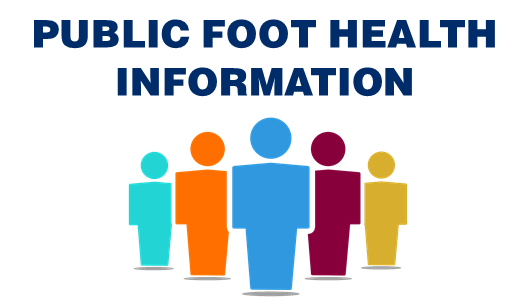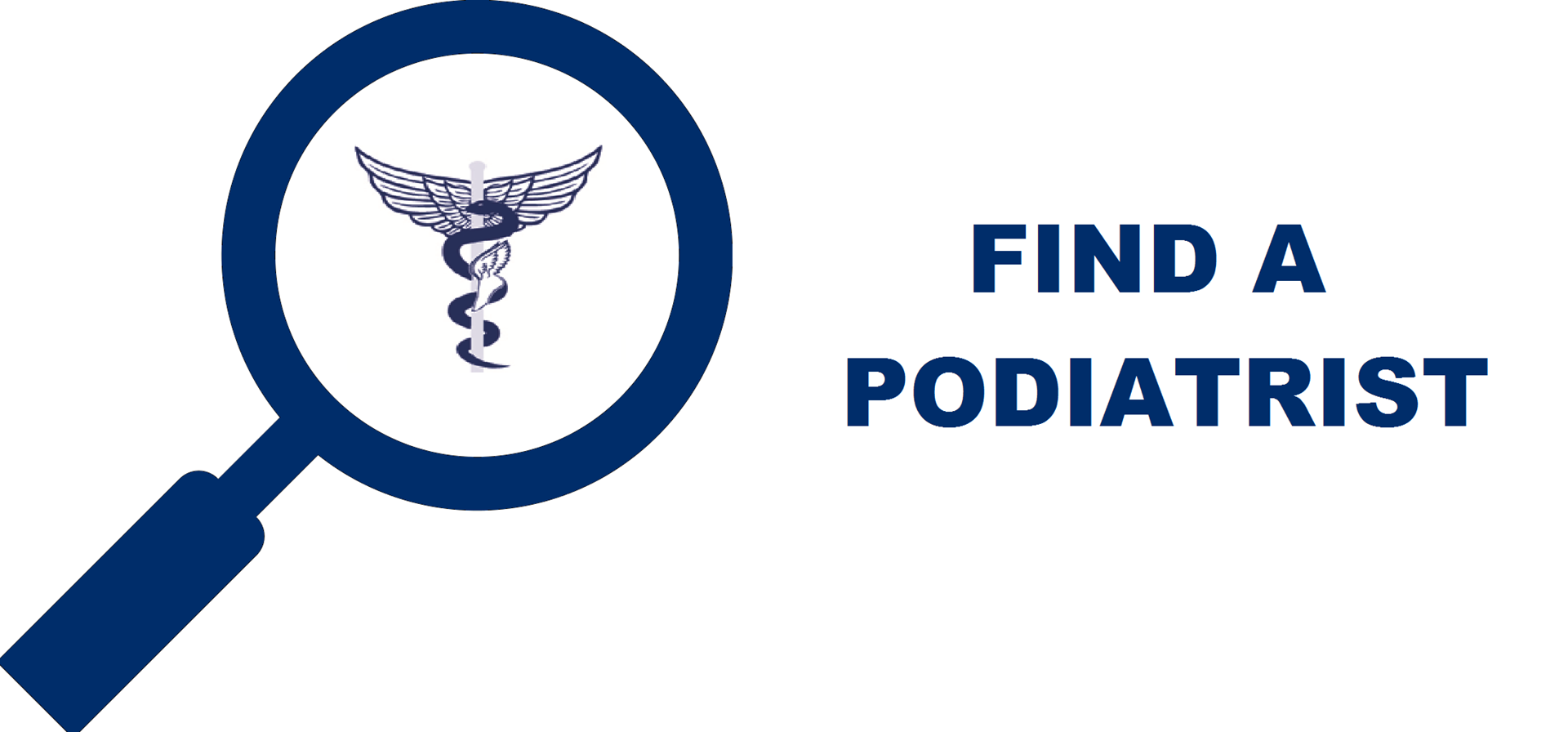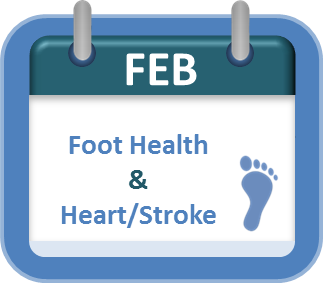|
PAD and Heart & Stroke
Symptoms
While many people with peripheral artery disease have mild or no symptoms, some people have leg pain when walking (claudication).
Claudication symptoms include muscle pain or cramping in your legs or arms. The location of the pain depends on the location of the clogged or narrowed artery. Calf pain is the most common location. The severity of claudication varies widely, from mild discomfort to debilitating pain. Severe claudication can make it hard for you to walk or do other types of physical activity. Causes Peripheral artery disease is often caused by atherosclerosis. Less commonly, the cause of peripheral artery disease may be blood vessel inflammation, injury to your limbs, unusual anatomy of your ligaments or muscles, or radiation exposure. Risk Factors
People who smoke or have diabetes have the greatest risk of developing peripheral artery disease due to reduced blood flow. | Peripheral artery disease symptoms include:
If peripheral artery disease progresses, pain may even occur when you're at rest or when you're lying down (ischemic rest pain). It may be intense enough to disrupt sleep. Hanging your legs over the edge of your bed or walking around your room may temporarily relieve the pain. Complications If your peripheral artery disease is caused by a buildup of plaques in your blood vessels (atherosclerosis), you're also at risk of developing: Critical limb ischemia. This condition begins as open sores that don't heal, an injury, or an infection of your feet or legs. Critical limb ischemia occurs when such injuries or infections progress and can cause tissue death (gangrene), sometimes requiring amputation of the affected limb. Stroke and heart attack. The atherosclerosis that causes the signs and symptoms of peripheral artery disease isn't limited to your legs. Fat deposits also build up in arteries supplying your heart and brain. Prevention The best way to prevent claudication is to maintain a healthy lifestyle. That means:
|






